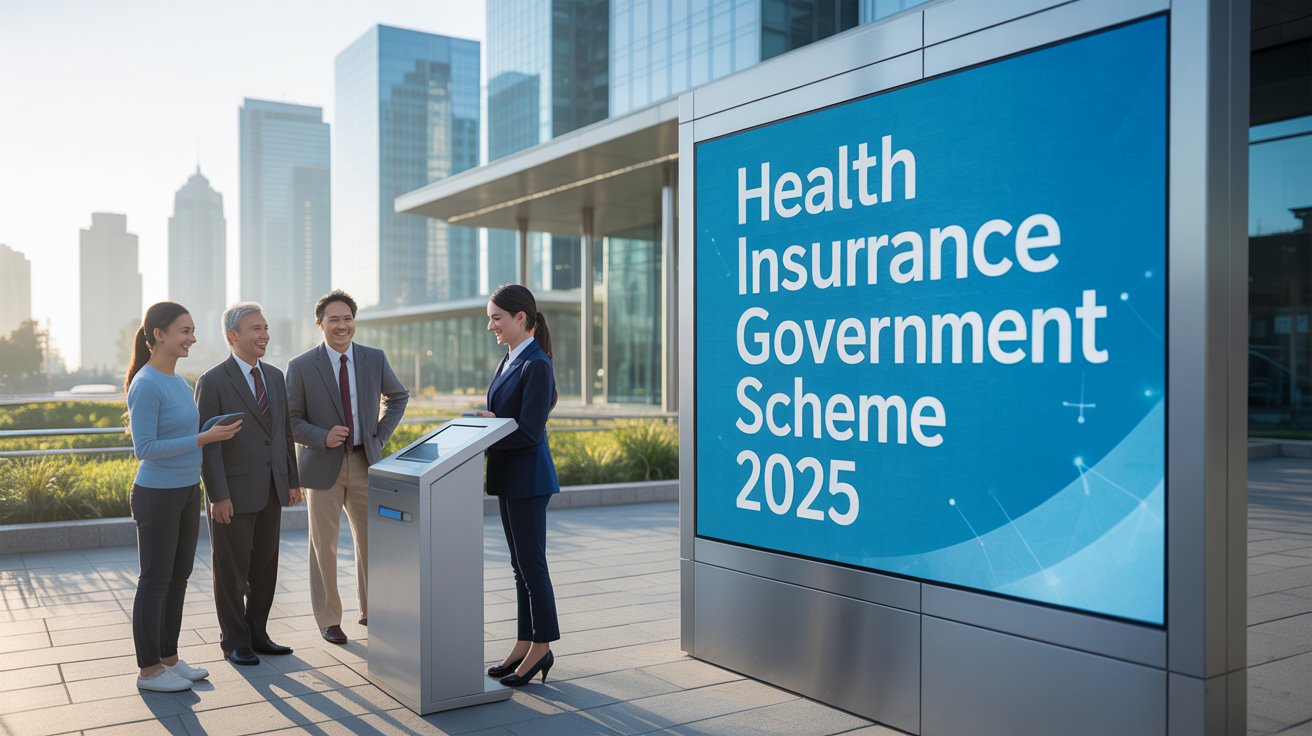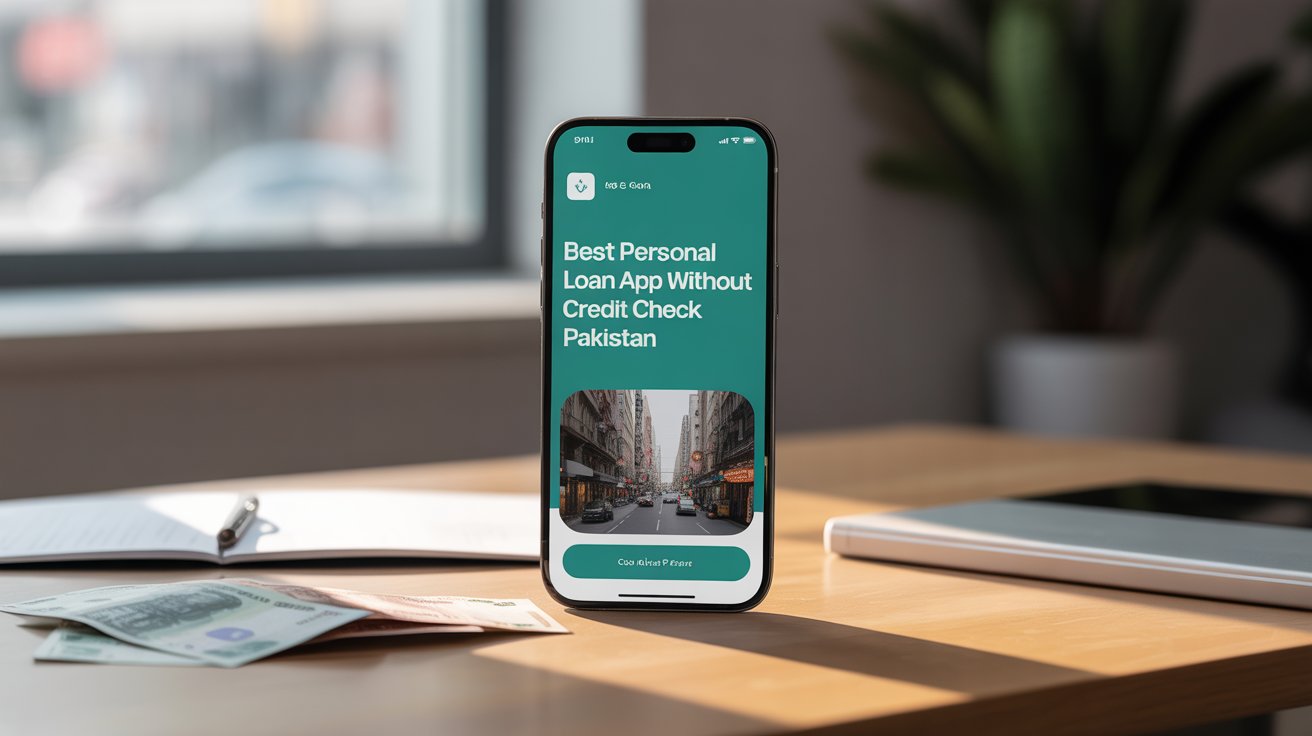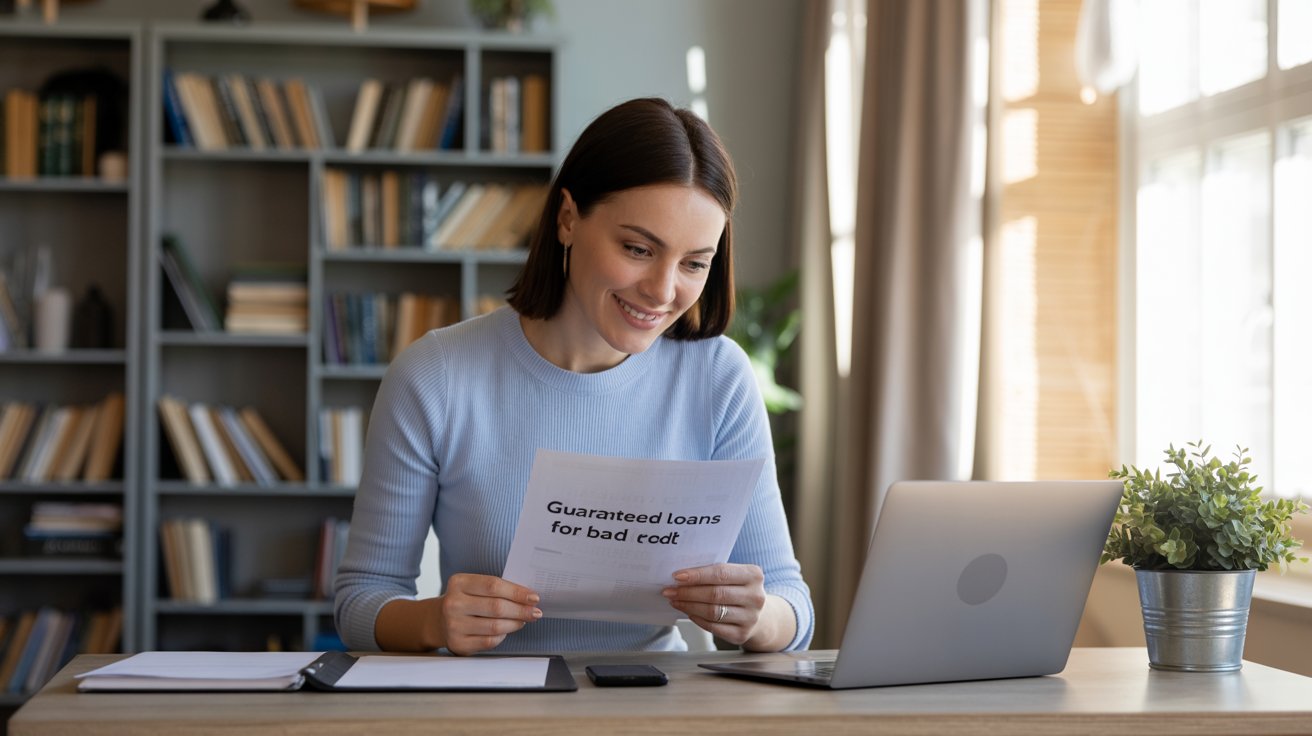The World’s Changing — And So Is Health Insurance
You ever get one of those letters from the government and your brain just goes: Nope, not today? Yeah, same here. But when it comes to health insurance — especially with the 2025 government scheme — it’s actually worth paying attention. And I promise, I’ll keep this simple, real, and maybe even a little fun (yes, fun and health insurance in the same sentence — let’s go).
So, whether you’re totally clueless, semi-informed, or just trying to figure out if this new scheme will finally save you a few bucks at the doctor’s office — pull up a chair.
First, Let’s Get Real: Why This Scheme Even Matters
Look, healthcare’s expensive. A short fever visit can cost more than your last weekend trip. And don’t even get me started on surgeries or hospital stays. Now, the government knows this — and that’s exactly why they’ve been working on this updated health insurance scheme for 2025.
The goal? Affordable, accessible healthcare for more people — especially middle and lower-income families. It’s part of a bigger effort to reduce out-of-pocket expenses and make sure no one’s skipping care just because they’re broke that month.
Sounds pretty solid, right? But of course, the devil’s in the details.
What’s Actually New in the 2025 Government Scheme?
Alright, let’s break this down like we’re chatting over chai:
🩺 1. Expanded Coverage — Finally!
The new scheme bumps up the coverage amount across the board. Earlier versions (like Ayushman Bharat) offered ₹5 lakh per family annually. Now, in many states, it’s up to ₹7–₹10 lakh depending on your location and income level.
That means:
- You can cover more hospital costs.
- More types of treatments are included.
- Fewer terrifying hospital bills.
👩⚕️ 2. More Private Hospitals Included
Previously, one of the biggest complaints was that only certain government hospitals accepted the scheme. But let’s be honest — those places are packed. Like, “wait six hours to get your blood pressure checked” packed.
Now, thousands of private hospitals are being onboarded. So yeah, you might actually get a decent bed and faster treatment.
📝 3. Paperwork? Almost Gone
The 2025 scheme is going paperless, and we love that for us. With your Aadhaar and a simple digital card, everything’s linked — no more folder-full-of-documents drama. Just show your ID, verify your card, and boom — you’re covered.
📲 4. There’s an App for That (Finally)
The government finally did something smart tech-wise. There’s a single app now — easy to use, clean UI, and actually works. You can:
- Check your eligibility
- Track your claims
- Find nearby hospitals that accept the scheme
- Even get reminders for check-ups
No shady agents, no confused aunties asking, “Beta, ye kaise hota hai?”
Wait — Am I Even Eligible?
Great question, and probably what you’re wondering right now.
Here’s how to know:
- Income Level: If your family earns less than ₹2.5–₹3 lakh per year, you’re almost certainly eligible.
- Social Criteria: If you’re part of any existing welfare programs (like ration card holders), you probably qualify.
- New Update: In 2025, many urban poor, gig workers, and even small business owners are being included.
So yes, if you’re delivering food, freelancing, or even running your little shop — this could be for you.
A Quick Story: Meet Ravi & Neha
Ravi and Neha live in a small town in Rajasthan. He’s a mechanic, and she teaches tuition at home. Together, they make about ₹20,000 a month — just enough to manage basics.
Last year, Neha got diagnosed with gallstones. Surgery was ₹75,000 — way more than they could afford. They were planning to take a loan (again) until a neighbor told them about the updated health scheme.
Long story short?
They applied through the app, got approved in a week, and the surgery was done in a private hospital nearby — fully covered.
Neha’s fine now, they didn’t fall into debt, and Ravi even jokes that he owes the government “a plate of samosas.”
The Emotional Side: What Peace of Mind Feels Like
You know what’s underrated? Not worrying about emergencies.
Whether it’s a sudden accident, a kid needing surgery, or even regular check-ups — having a safety net changes how you live. You feel safer. More in control. Less stressed.
And that’s what this scheme tries to offer. It’s not perfect — nothing ever is — but it’s a big step in the right direction.
So, How Do I Apply?
Super simple now. No long queues. No begging a local officer for a stamp.
Here’s the process:
- Go to the official website or download the app.
- Enter your Aadhaar number.
- Upload a couple of basic documents (ration card, income proof, etc.)
- Submit and wait for approval — usually within 7–10 days.
- Get your e-card — that’s your golden ticket.
You can even walk into a local Common Service Centre (CSC) if you’re not tech-savvy. They’ll do the process for you.
Some Real Talk: What’s Not Perfect?
Alright, honesty time.
- Awareness is still low. Many people who could use the scheme don’t even know about it.
- Some hospitals still act shady. Even with the scheme, they may push for extra charges or reject patients. It’s illegal, but it happens.
- Regional differences exist. Some states offer better coverage or more benefits than others.
But — the government’s been cracking down on misuse, and updates are rolling in constantly.
Why You Should At Least Check It Out
Look, even if you think you won’t need it — check if you’re eligible. Having this insurance doesn’t hurt. You’re not paying hefty premiums, and it could save you lakhs in a medical emergency.
You insure your car, your bike, even your phone screen…
But your health? That’s literally the one thing you can’t afford to risk.
Final Thoughts: Don’t Wait Till It’s Too Late
Think of this scheme like a seatbelt. You don’t wear it because you plan to crash. You wear it because life’s unpredictable.
So take five minutes. Look it up. Tell your parents. Help your house-help check eligibility. Share it with your Uber driver. Little awareness can go a long way.
This isn’t about politics or policies. It’s about people. People like us — who just want to feel safe, healthy, and not bankrupt after a hospital visit.
So yeah — go get that e-card.
FAQ: You Asked, I Answered (Casually)
Q1: Is this scheme only for poor people?
Nope! While it focuses on lower-income groups, many middle-class families are now included too. Always worth checking.
Q2: What if the hospital refuses to accept my card?
First, try another listed hospital. If not, file a complaint through the app — the new grievance system actually works now.
Q3: Can I still use my private insurance with this?
Yes, in many cases. Some hospitals allow dual coverage. Just ask upfront and read the fine print.
Q4: How do I know which hospitals are covered?
Open the app or go to the official website. You can search by pin code — super easy.
Q5: Is it really free? Like, totally free?
Mostly, yes. No premiums, no yearly fees. But make sure the hospital doesn’t sneak in “extra charges” — always ask what’s covered.






Leave a Reply